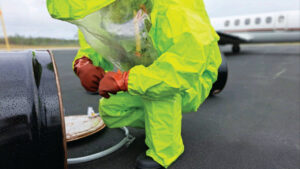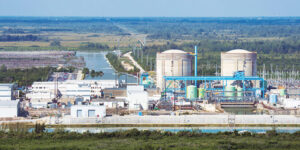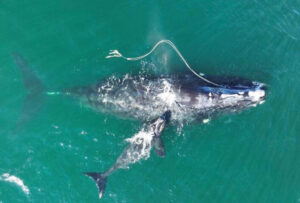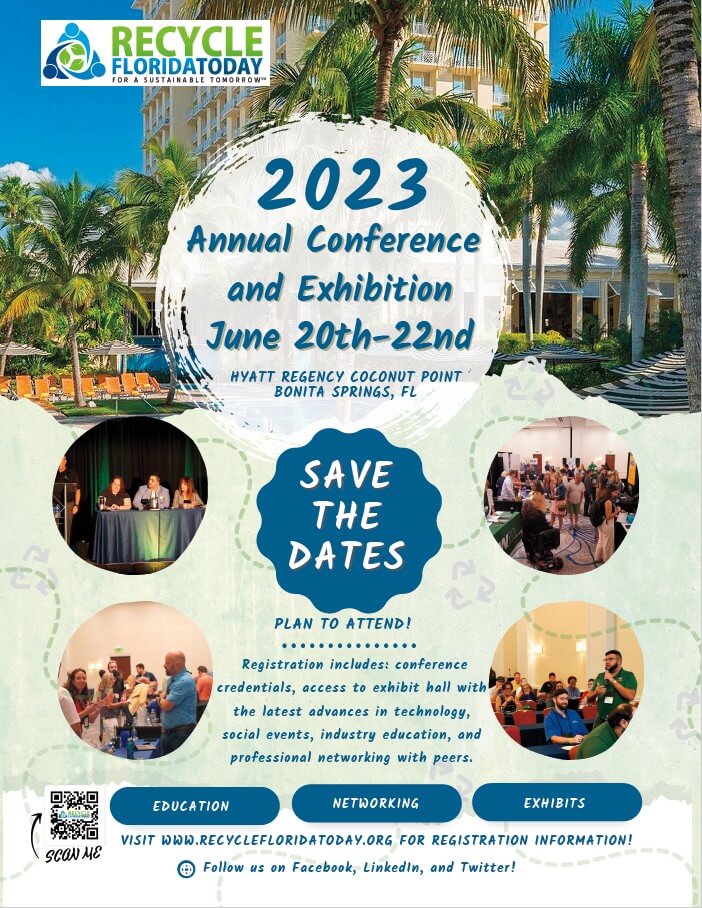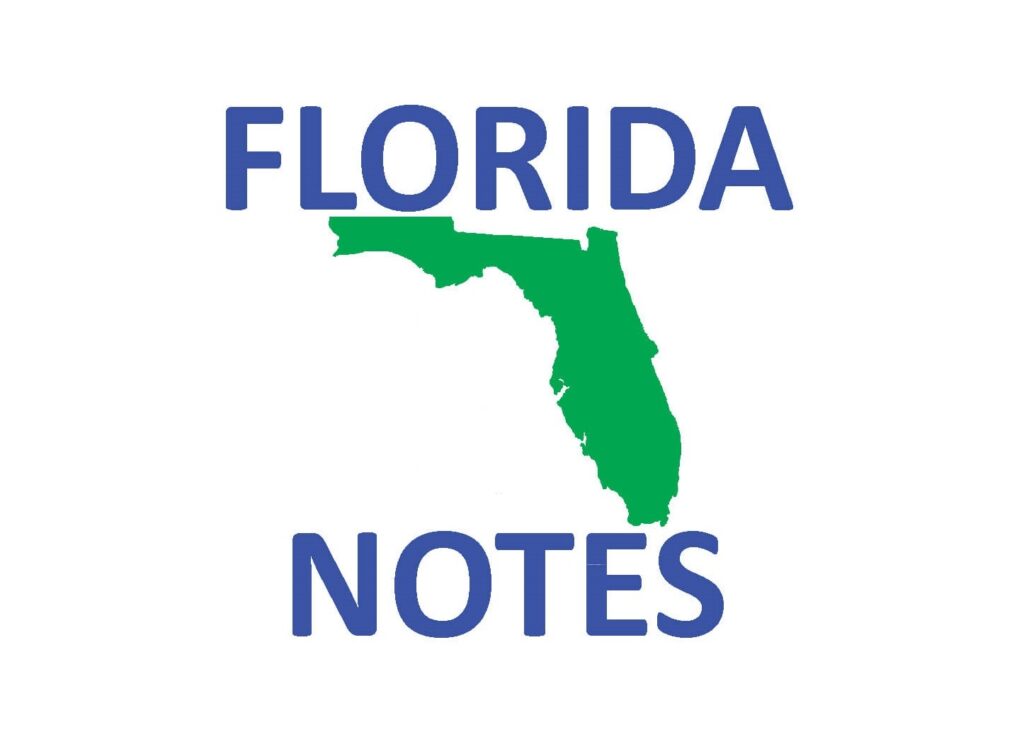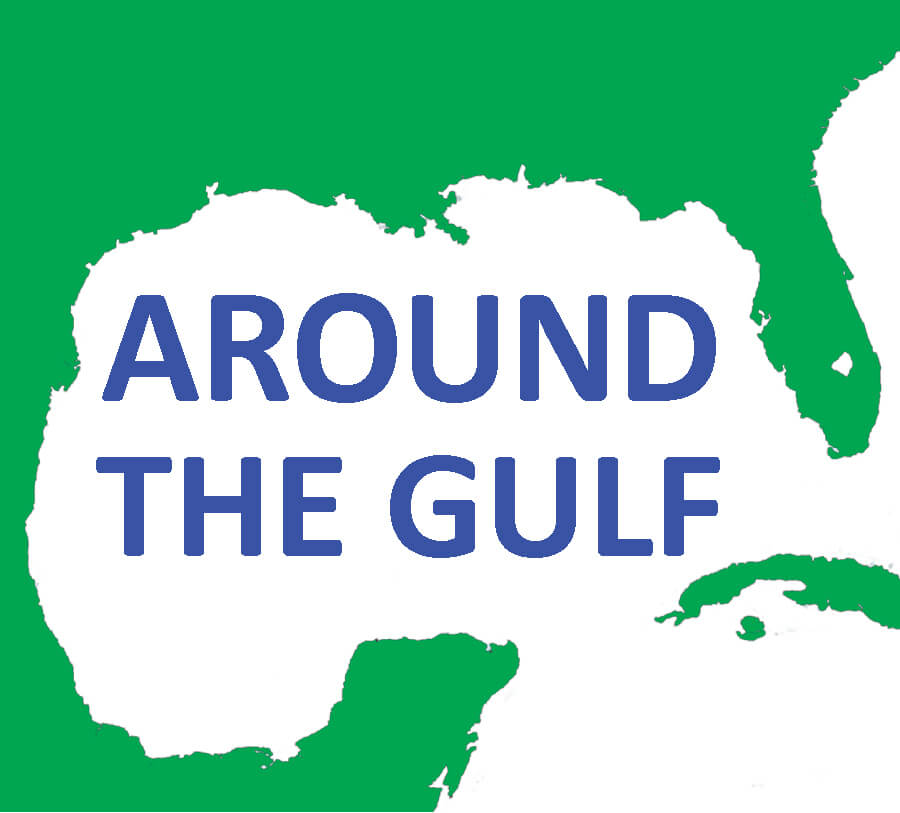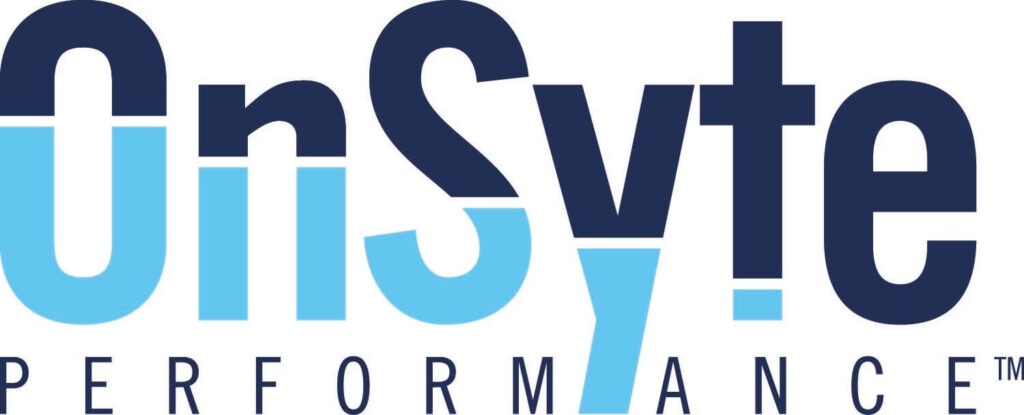STAFF & WIRE REPORTS

The Tampa Bay Waterkeeper is keeping a close eye on Florida’s legislative session this spring and has issued a “Bad Bill Alert” for SB1240/HB1197 – Land and Water Management. The Waterkeeper has joined other water quality advocates in opposing the bill now nick-named the “Dirty Water Bill.”
SB1240/HB1197 eliminates local government’s ability to fight water pollution. The bill proposes prohibiting cities and counties from adopting laws, regulations, rules, or policies related to water quality, pollution control, pollutant discharge, prevention, or removal, and wetlands.
Municipal governments frequently issue policies and standards that exceed the state’s standards within their jurisdiction.
In addition to prohibiting rule making, the bill requires FDEP to report a county or municipality in violation to the state’s Chief Financial Officer who can elect to take punitive action by withholding state funds.
“This will negatively impact the health of our watershed and waters around the state,” the Waterkeeper said.
Group seeks support to establish a living shoreline in BCWMA
The St. Johns River Water Management District is Seeking public support to establish a living shoreline in the Blue Cypress Water Management Area (BCWMA).
The District recently repaired the L-77W levee that forms the western border of the BCWMA West after it experienced significant erosion from a variety of factors, including wakes from boat traffic.
The conservation area is part of the Upper St. Johns River Basin Project implemented by the District and the U.S. Army Corps of Engineers to help reduce flooding, restore and maintain natural hydrologic cycles, and protect water quality.
It also reduces freshwater diversions to the Indian River Lagoon estuary and enhances native habitat for fish and wildlife.
Wetland plants will be installed along the shoreline to protect the levee from future erosion.
In addition to establishing roots which stabilize the soil and help protect the levee from wave action, the plants also enhance wetland habitat and provide recreational enjoyment for the public.
DEP: $28million in planning grants for vulnerability assessment in FY23-24
The Florida Department of Environmental Protection (DEP) announced the awarding of more than $28 million to develop or update comprehensive vulnerability assessments beginning in Fiscal Year 2023-2024.
The 128 planning grants awarded will result in 222 total local government vulnerability assessments.
At the conclusion, all 67 counties in Florida will have completed a vulnerability assessment and be eligible for inclusion in future iterations of the Statewide Flooding and Sea Level Rise Resilience Plan, which proposes funding for resilience projects across the state.
In addition to the vulnerability assessment grants, more than $275 million has been made immediately available for 75 resilience projects using already-appropriated funding through the Resilient Florida program to prepare coastal and inland communities for the adverse impacts of flooding and storm surge.
The total proposed investment in the plan is $407 million across 86 new projects in the next three years.
Annual Brownfields Conference moving
Florida Brownfields Association’s 2023 Annual Conference is moving from the Fall to the Summer month of June. This year’s conference is being hosted at the Avanti Hotel and Conference Center on I-Drive, Orlando, June 19-21. The hotel has been completely renovated. Network and Learn while family members can have Fun-in-the Sun. What are you waiting for?! Register TODAY at www.floridabrownfields.com under Events. We also are looking for abstracts and other presenting/sponsorship opportunities.
Valdosta trapping trash from entering waterways
The City of Valdosta announced the deployment of the Lee Street detention pond trash trap to stop trash from entering waterways. John Quarterman, the Suwannee riverkeeper and the riverkeeper watershed organization, WWALS, have expressed concern over trash in the city’s waterways for some time.
The City responded with the newly installed trash trap designed and constructed for roughly $5,000.
The Lee Street trap is being considered a model for installation at similar sites.
The Riverkeeper also is advocating solutions such as issuing citations that enforce trash littering regulations.
The City of DeBary acquires 170 acres for a new waterfront park
The city of DeBary recently acquired 170 waterfront acres on the St. Johns River for a new nature-focused park. The property is located west of 17-92 and includes the Alexander Island peninsula.
The passive park will be publicly accessible and is proposed to support picnicking, hiking, fishing, canoeing, and kayaking. The $3.5 million purchase was supported by grants and local partnership. The park is anticipated to be open next year.
Great Florida Riverway – Reunite the Rivers Reunion
The 2023 Great Florida Riverway Reunion Reunite the Rivers campaign recently kicked off with events at Lake Apopka, Ocala, Palatka, and Jacksonville.
The Great Florida Riverway includes 217-miles of waterways beginning at Lake Apopka, flowing north along the Ocklawaha River, past Silver Springs, and ending where the St. Johns River meets the Atlantic Ocean.
The Reunite the Rivers campaign connects, advocates, and promotes action to reunite the waterways impacted by the damming of the river which created the Cross Florida Barge Canal in 1968.
Restoration of the long-disturbed flows is key to preserving the St Johns River and is a critical goal of the St Johns Riverkeeper.
According to the Riverkeeper, the obsolete or vestigial dam destroyed 7,500 acres of forested wetlands, 16 miles of river, 20 springs and significantly impacted and undermined Silver Springs’ resiliency and vitality for more than 50 years.
The dam removed the freshwater contribution from the Ocklawaha River and springs.
The unobstructed delicate balance of salt and freshwater contributions enabled healthy underwater grasses to thrive and provide critical habitat for fresh and saltwater fish within the system.
The dam contributed to the degradation of submerged grasses in the St. Johns, leaving the remaining aquatic vegetation vulnerable to saltwater intrusion.
FWC releases March Red Tide Status Report
According to FWC data, the red tide organism Karenia brevis was detected in 123 samples collected offshore of Southwest Florida. Within the 123 samples, bloom concentrations (>100,000 cells/liter) were present in 79 samples from Southwest Florida: 26 offshore of Pinellas County, 8 in Manatee County, 27 in Sarasota County, 5 in Charlotte County, 4 in Lee County, 8 in Collier County, and one offshore of Monroe County.
Fish kills suspected to be related to red tide were reported in Southwest Florida from Pasco, Pinellas, Manatee, Sarasota, Charlotte, Lee, Collier, and Monroe counties as was respiratory irritation reported via the Beach Conditions Reporting System and/or the Fish Kill Hotline at multiple sites.
DEP acquires acres from Tiger Island/Little Tiger Island Florida Forever Project
The Florida Department of Environmental Protection (DEP) recently acquired 565 remaining acres within the Tiger Island/Little Tiger Island Florida Forever project. This acquisition includes Little Tiger Island and a portion of Middle Island and completes the 1,463-acre project.
The project connects a network of national and state preserves and parks that stretch from St. Andrews Sound in Georgia to the St. Johns River.
The acquisition assists in protecting tidal marsh ecosystems along the St. Marys and Amelia rivers.
The area supports among the highest nesting concentrations of Worthington’s marsh wren and MacGillivray’s seaside sparrow along the Florida coast and provides critical habitat for wintering populations of the piping plover.
The Governor and Cabinet approved the purchase in January 2023. Florida received a $1 million grant for the purchase from the U.S. Fish and Wildlife Service’s National Coastal Wetlands Conservation Grant Program. The property will be managed by the state as part of Fort Clinch State Park.
The St Johns River WMD recommends approval of 35-acre acquisition
The District received a Land Acquisition Application from the Putnam Land Conservancy on behalf of the property owners of a single parcel totaling 35.29 acres in Marion County. The Property is located within the 12,868-acre Orange Creek planning basin, a sub-basin of the Ocklawaha River Basin. The parcel will close a gap in the Division of Water and Land Resources optimal boundary for OCRA and will provide a second point of access from East Highway 318.
OCRA covers 3,524 acres in Marion and Alachua counties.
Acquisition of OCRA was initiated in 1998 with Preservation 2000 funds provided by the Natural Resources Conservation Service Wetland Reserve Program and The Nature Conservancy. OCRA includes four public parking areas with trailheads and information kiosks, an ADA/handicap accessible observation tower on the south end of the property as well as hiking, bicycling, fishing, equestrian activities, and group camping.
The majority of OCRA is a public small-game hunting area for predominately waterfowl and snipe under the jurisdiction of the Florida Fish and Wildlife Conservation Commission. The restoration area protects portions of Orange Creek and Lochloosa Slough as well as the associated swamp and marsh systems.
Orange Lake, Lochloosa Lake, and portions of the Ocklawaha River are designated as Outstanding Florida Waters – Special Waters.
Suwannee River WMD kicks off peer review for proposed flow levels
The Suwannee River Water Management District is hosting a kickoff meeting for its peer review process for proposed minimum flows and levels (MFLs) on the Upper and Middle Suwannee River.
The process will facilitate expert review of the technical information presented in the MFL reports for the 79-mile Upper Suwannee River segment that extends from the Florida-Georgia border to the confluence with the Withlacoochee River near Ellaville, and the 92-mile Middle Suwannee River segment from Ellaville to Wilcox, near Fanning Springs.
MFLs are established and applied to ensure adequate water is available to protect natural resources for the present and future.
When the established MFLs are not met, the origin of impacts to flows or levels are assessed, creating opportunities to engage with stakeholders to identify strategies for restoration and long-term protection.
Everglades Restoration enjoys another year of progress
The South Florida Environmental Report presents highlights of another successful year of progress for Everglades restoration and water quality across Central and Southern Florida.
Details range from progress on restoration projects to improvement in wading bird nesting and record hydration in the Everglades.
More than 50 Everglades projects have been completed, broken ground, or hit a major milestone over the past four years improving water management benefitting more than nine million residents in South Florida.
New data demonstrate the success of Everglades projects across South Florida, proving recent investments and momentum in protecting Florida’s precious natural resources, supporting our economy, and restoring America’s Everglades.
The full report is available at SFWMD.gov/SFER
Work begins on the FUDS disposal area in South Patrick Shores
The specter of buried defense waste at South Patrick Shores has been a concern for local residents the past years.
After considerable study and advocacy by local residents, the U.S. Army Corps of Engineers (USACE) is preparing to begin the first phase of the Remedial Investigation fieldwork for the Formerly Used Defense Site (FUDS) disposal area.
In the 1940s, the Navy utilized land south of the base known as the Naval Air Station Banana River Off-Base Disposal Area Formerly Used Defense Site.
The site is in Brevard County, south of Patrick Space Force Base and north of the City of Satellite Beach. The former site operated as a secondary field to Naval Air Station Jacksonville until its deactivation in August 1947. According to USACE records, the Navy conducted solid waste disposal operations off base from 1942 through 1947, not based on ownership or lease of the property, but rather a verbal agreement.
USACE requested and received concurrence from the Florida Department of Environmental Protection to start geophysical investigation of the site while regulatory review of the Uniform Federal Policy — Quality Assurance Project Plan or “work plan” continues. USACE will publish an abbreviated work plan and host a drop-in community meeting prior to the start of fieldwork.
The first phase of work, Ground Penetrating Radar, will last several weeks. USACE is required to complete regulatory review of the full Work Plan and evaluate the Ground Penetrating Radar data prior to initiating the second phase.
Work began in February and will continue until complete. Additional information is available at the project website www.saj.usace.army.mil/BananaRiver.
Warm Mineral Springs Proposed for listing as an Outstanding Florida Spring
Senate Bill 134: Outstanding Florida Springs proposes the addition of Warm Mineral Springs, in Sarasota County, to the state’s list of “Outstanding Florida Springs.”
The list identifies springs throughout the state that require extra protection and more aggressive water quality initiatives. The bill is sponsored by Sen. Joe Gruters, R-Sarasota.
Warm Mineral Springs is the only “hot” spring in Florida.
Hurricane Ian caused significant damage to Warm Mineral Springs Park. ●







